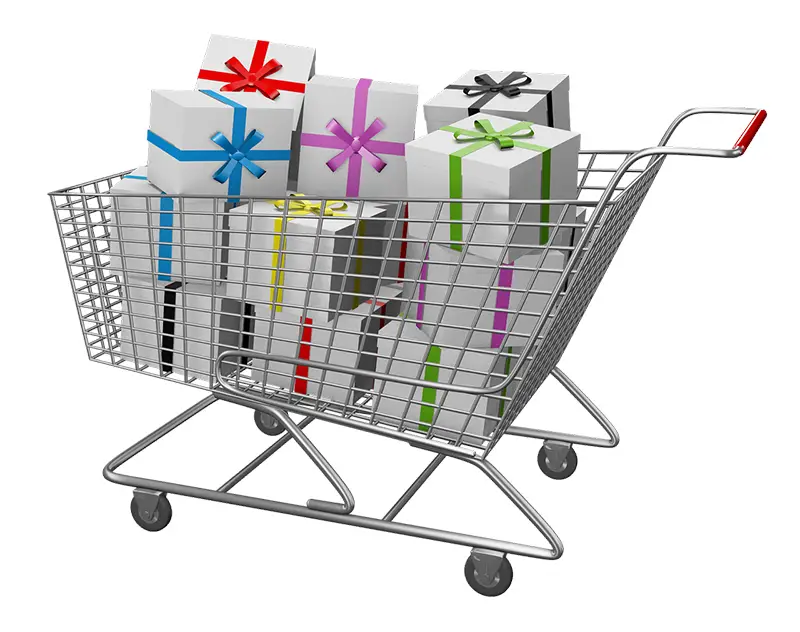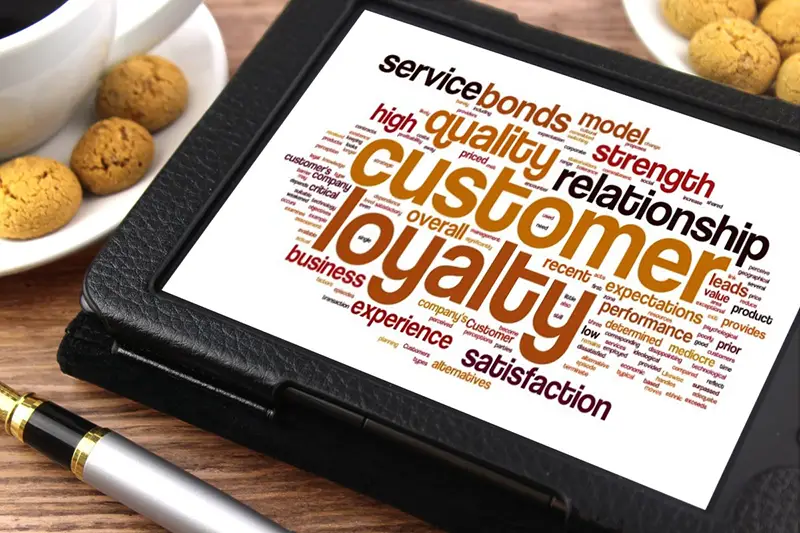Click here to get this post in PDF
Behind effective eCommerce personalization is a robust product recommendation system. If you’ve seen “Best Sellers in This Category,” on Amazon or movie suggestions on Netflix, that’s a recommendation system at work.
It accounts for over 30% of Amazon’s revenue. You can replicate such success in other sectors, but only if done right.
Most people don’t know what they want or looking for until they’re shown to them. And recommendation systems are pros at showing your customers exactly what they need or want.
In this article, you’ll learn about product recommendation systems and their benefits.
What is a Product Recommendation System?
A product recommendation system is a solution that provides relevant product suggestions to your customers in real time. It is a robust data filtering platform that depends on algorithms, artificial intelligence, machine learning, and other data analysis practices.
It involves collecting, storing, analyzing, and filtering customers’ data to provide highly personalized relevant products to individual customers. Relevant products meet your customers’ needs, tastes, and preferences.
You’ll need quality data to achieve such refined targeting at an individual level. But most importantly, you need the right tool to understand your customer data and business needs. Argoid, an AI-powered personalization tool offering hyper-relevant recommendations, can come in handy. It improves customer engagement and conversions and reduces card abandonment.
Here are some of the benefits of a product recommendation system:
1. Increase in Revenue
As mentioned earlier, over 30% of Amazon’s revenue comes from product recommendation systems. Netflix is also making a kill on the same. There are several strategies the system uses to drive personalized recommendations. They include:
- “Bought together” – It sells complementary products. Other platforms use “Who bought this item also bought.”
- Bestsellers – Amazon uses “Bestsellers in this category.”
- Most popular
- Automatic recommendation based on current and contextual data.
- Most popular, etc.
These measures give customers and website visitors wide options to choose from. Hence, it improves cross-selling and upselling campaigns that increase companies’ revenues.
2. Reduced Online Shopping Cart Abandonment
Source: Piqsels
The average abandonment in mobile phones is very high at 85.65%, which costs the eCommerce sector $18 billion annually. If you factor in other sectors like travel booking, finance, etc., the cost can spill past $18 billion. It affects your conversion rates and revenue.
Thus, abandoned cart recovery and abandonment cart solutions should be part of your strategy. Some of the leading reasons for online shopping cart abandonment include:
- Customers are just researching products
- Shipping issues, complicated return policy, and longer shipping periods
- Price and payment issues, high prices, or limited payment options
- Technical issues etc.
In short, cart abandonment is a complex problem, and it is terrible for business. It’s frustrating moving a prospect throughout the sales funnel only to lose them at the purchasing point.
But no need to worry. You can solve most of the factors driving abandonment through personalized recommendations.
For example, you can use Shopify personalization to show existing visitors products that are most likely to interest them. Making such an offer pop up just when they want to leave your Shopify store can prevent cart abandonment.
Use browsing history and individual preferences to enhance your recommendations and improve conversions.
Alternatively, you can offer compelling discounts or free shipping alongside the recommended products. It will entice and compel them to finish their carts. Also, you can personalize messaging that speaks to their desires and taste.
3. Improved User Engagement
Picture this: you’re on Netflix searching for a movie to enjoy. But, you find nothing interesting worth watching after endlessly searching. You’d probably jump to another streaming website or do something else altogether.
The same applies to eCommerce stores and other digital platforms. Customers will quickly take their money elsewhere if they don’t get what they’re looking for quickly. Pretty sure you don’t want the same to happen to your store.
Personalized recommendations help engage your site visitors more. That leads to more extended stays and, eventually, lower bounce rates. Here’s a double bonus:
- Increase in eCommerce conversion rates
- Higher google search rankings
4. Improved eCommerce Conversion Rate
Driving superior customer engagement through a recommendation system also increases your visitor traffic.
Offering personalized product recommendations to shoppers allows you to increase your average order value and conversion rates. Besides, better conversion rates are due to a consistent brand experience across in-store, web, email, etc.
Personalized recommendations across your brand’s channels help nurture a long-lasting connection with your visitors and shoppers.
5. Optimized Inventory Management
Successful ventures need this mentality: offering what the customer wants. Never use your guts or intuition in guessing what your customers might like.
There are precise and effective tools like recommendation systems that show you exactly what customers want. You can use the data insights to avoid filling up your inventory with products that nobody wants to buy.
Hence, you can concentrate on selling and align your inventory accordingly.
6. Improved Customer Loyalty
Source: The Blue Diamond
Successful personalization systems can achieve 20% improvement in customer satisfaction. Satisfied customers are more likely to stick with your brand and even get more referrals.
You can also use data insights from a product recommendation system to tailor your customer loyalty programs. It makes it easy to offer personalized rewards based on customers’ wants and preferences. Hence, the rewards, whether discounts, coupons, free or subsidized shipping, etc., can resonate with each customer.
7. Improved Time and Cost Efficiency
Setting up product recommendations, cross-sells, and upsells manually is an uphill task. It is time-consuming and can be impossible if you have a large store handling many visitors.
Also, you may offer irrelevant product recommendations to your customers. They’ll swiftly leave your site and go to your competitors.
But with an AI-powered personalization tool, you can save time and money. It automatically undertakes product suggestions alongside cross and upselling approaches. Hence, it enhances efficiency gains that can save your operational costs in the long run.
Additionally, it gives you more time to plan and grow your business.
Take Away
Successful product recommendations can increase customer engagement, conversion rates, and revenue. But, you must get the right product recommendation system for your sector and business to maximize its potential.
AI-powered personalization tools can be handy by offering ultra-relevant product suggestions to each unique customer.
You may also like: Strategies for Your eCommerce Shop to Reach More Customers




